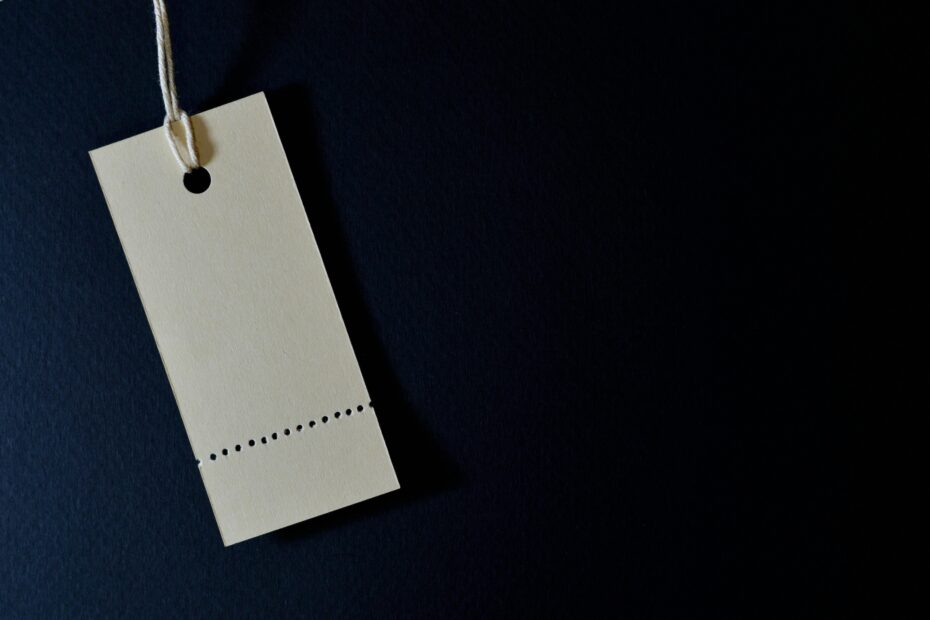
Inflation in recent years has led consumers to pay a very important attention to price when making purchase decisions. And this has increased the number of private label products and brands on promotion in their baskets, two ways consumers use to mitigate the impact of inflation on their spending.
In this context, many CMOs are under pressure to increase promotional investment and reduce price. This is a high-risk decision that should not be taken lightly. If after lowering the price, sales do not pick up, profitability and brand value will be eroded, and the situation will be even more difficult for the company and the CMO.
Before making this kind of decision, it is imperative to be completely sure that the barrier holding back sales is indeed price and no other. A lack of awareness, for example, has other solutions without the risk of a price reduction.
In these situations, consumer research is a must to ensure that conversations with stakeholders and customers are not based on guesswork but on solid data and insights that lead to the right decisions.
The Drivers Barriers research
The first step is to create a complete and objective picture of the barriers that stop shoppers. This is done with specific Drivers Barriers research. This type of research targets non-buyers of the brand and asks why they have not chosen the brand. Perhaps they do not know the brand, it is not present in their usual shop, or they do not consider it suitable for them. There are many reasons for not buying a brand and this type of research quantifies the importance of each one.
Some of the most common barriers to product purchase in a Drivers Barriers survey are:
- Awareness. Potential buyers do not know the brand (and therefore it will be more difficult for them to consider it).
- Relevance. When the product is not relevant to the consumer – it is not what they are looking for when they go to the shop.
- Credibility. If the consumer does not have confidence that the product delivers the benefits it promises.
- Superiority. The consumer perceives that there are other products on the market that are clearly superior.
- Product trial. Once the product has been bought for the first time, it has to meet the buyer’s expectations. Flavour, shelf life, effectiveness in doing what it promises, etc…
- Price. The product is priced appropriately to allow trial and eventual inclusion in the repertoire.
This set of barriers has necessarily to be adapted to each sector and product so it is optimal for each specific case.
Price in Drivers and Barriers surveys
The problem with most of these Drivers Barriers surveys is that price is often over-represented in consumer responses. And this happens for several reasons:
- Price perception bias. It is very difficult for consumers to get the price of any brand right if they do not see it. And when they do see it, they tend to consider it expensive. After all, we would all like to pay less for the products we buy, wouldn’t we? But when the brand is next to others on the shelf, their perception may be different, as they may value the price relative to other options.
- Incentive to influence price downwards. If consumers perceive that their responses may lead to a price reduction, they will have an incentive to consider the price as high.
- The duplication of barriers. Most consumers identify more than two barriers to buying a brand. Therefore, even if we rush to change the price, we may not be able to increase the buyer base, as they will continue to be stopped by other barriers. In this case, it is necessary to analyse the effective mobilisation ability of each of the barriers in isolation.
It is already difficult for the consumer to provide objective price information. Therefore, in a context of inflation, price is even more likely to be at the top of the ranking. This could lead to wrong decisions. Only an expert analysis that takes these biases into account will allow us to obtain a clear picture to help us to make the right decisions.
Prioritising barriers
The key to the CMO’s ability to manage barriers to brand purchase is to prioritise them and use the available budget to work on them progressively. With a budget that is always limited, the CMO should allocate more investment to those barriers that are most likely to attract buyers. Data will help making the right choices and will help convincing the organisation not to divert resources to removing barriers with little capacity for mobilisation.
For this, when a consumer indicates several barriers, we must be able to discern which of them is the most important. If a respondent declares that a brand is too expensive, but at the same time tells us that she or he does not believe in the benefits of the product, it seems clear that lowering the price is not going to help us. In this case, the ideal way forward would be to resolve the credibility of the product’s benefits and then see if price is still a barrier to purchase.
Breaking down barriers effectively
At Origin Insights we have conducted many research projects over years about barriers in different categories, so we have a well-defined and proven methodology that works in three steps:
- We investigate in depth each of the barriers declared by the consumer. It is not enough for us to identify barriers in a list without context. We use an extensive questionnaire that adapts to the consumer’s responses and we delve into the details behind each barrier to better understand them.
- We analyse and prioritise the key barriers for the brand. Rather than relying on consumer responses directly, our proprietary algorithm tailored to each category identifies the priority barrier for each consumer and quantifies the importance of each in the market.
- With the results we create and build the ‘real barrier ladder’, a map that allows us to easily visualise which barriers are the priority and what volume of buyers they would be able to attract.
Equipped with the real barriers ladder, the CMO will be able to use the budget effectively to lift barriers progressively in order to maximise shopper acquisition and brand growth.

Do you want to know more?


